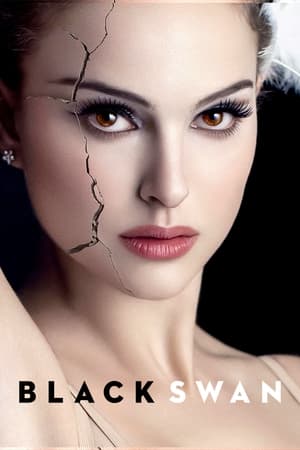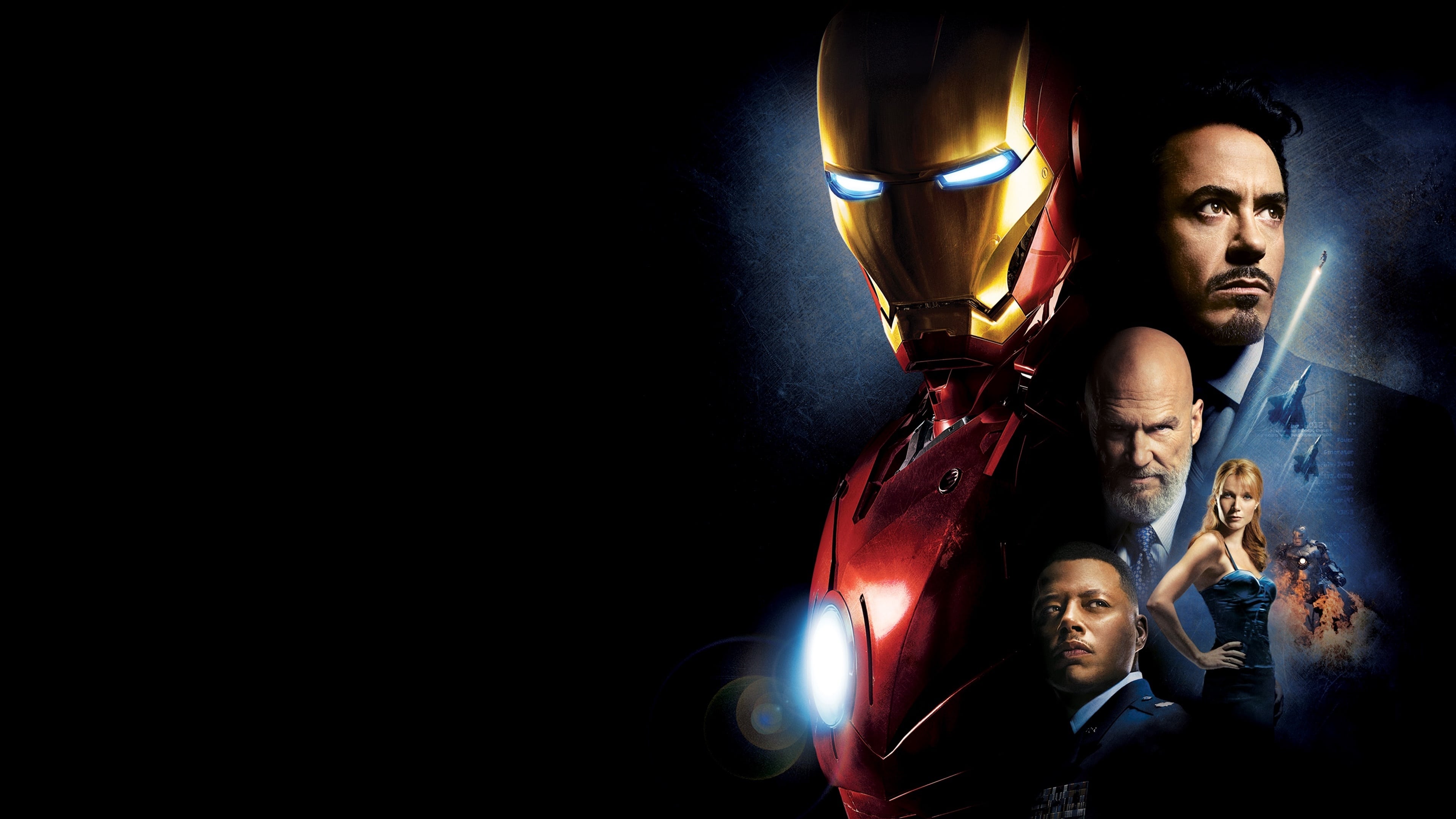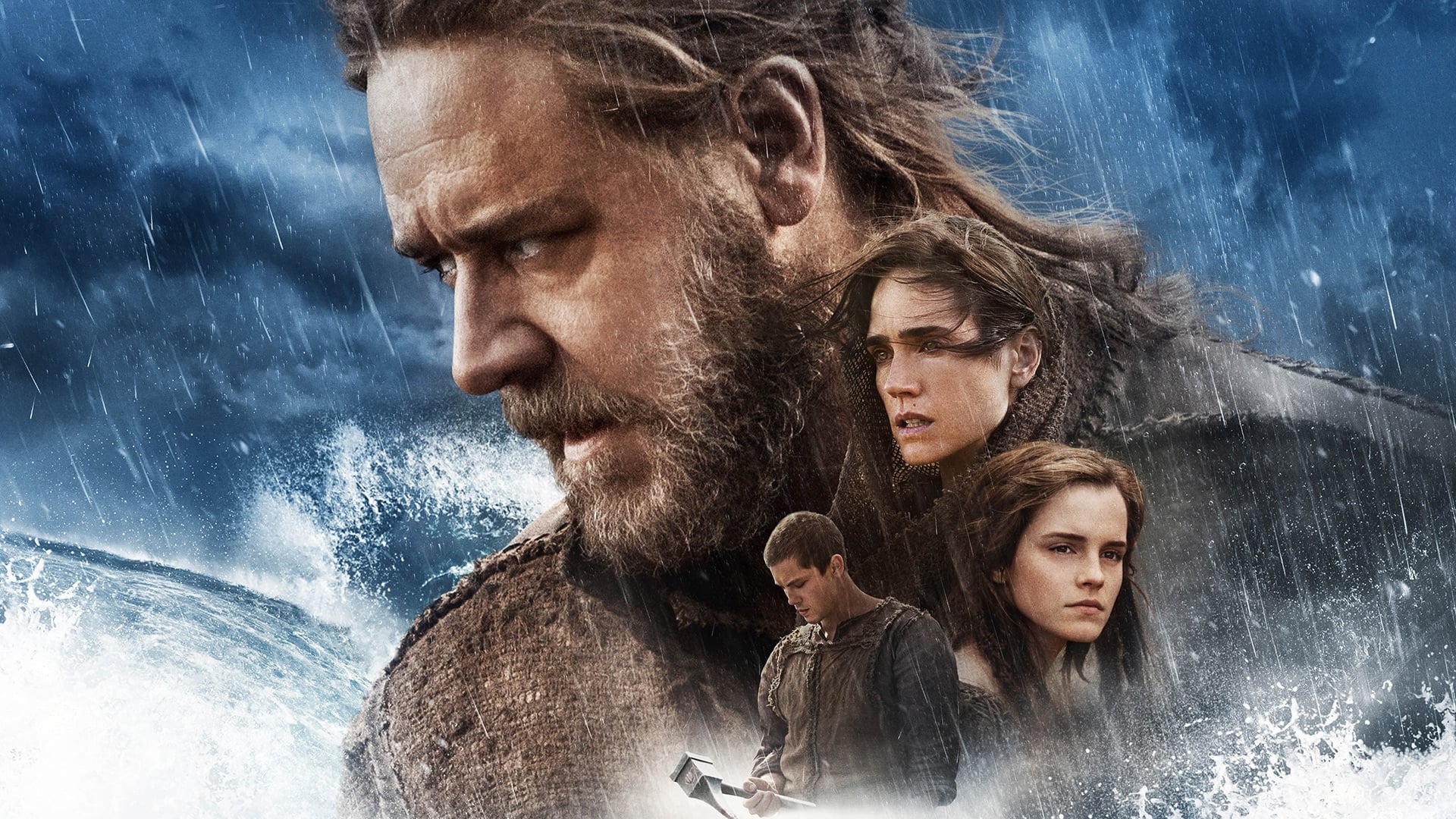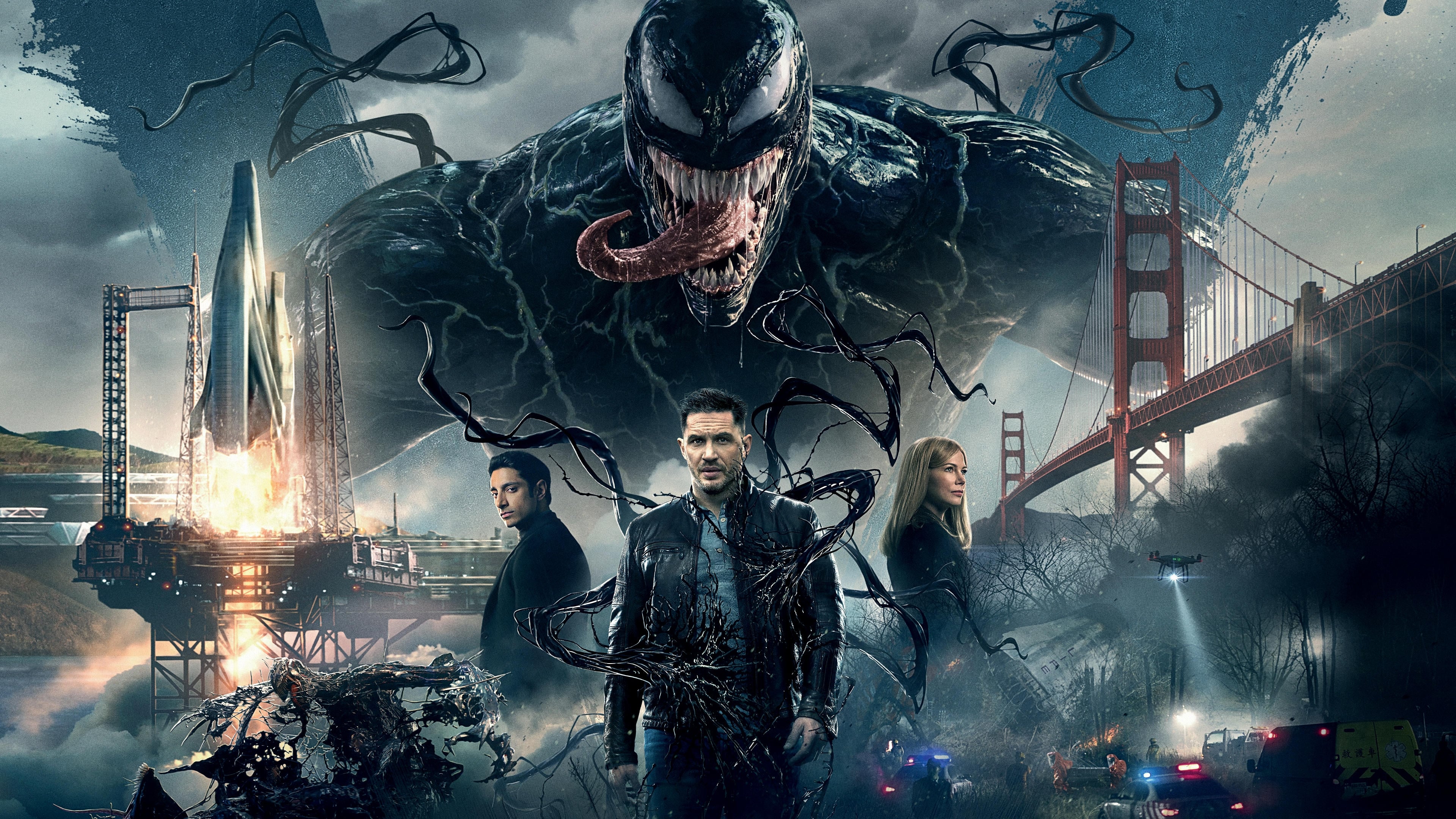Matthew Libatique’s cinematography captures more than just images; it seizes emotions and embeds them into the celluloid fabric.
His lens has a way of making us feel the heartbeat of a film, from the gritty streets of Brooklyn to the cosmic expanses of space.
1. Requiem for a Dream (2000)


Requiem for a Dream
2000 • 1h 42min • ★ 8.015/10 • United States of America
Directed by: Darren Aronofsky
Cast: Ellen Burstyn, Jared Leto, Jennifer Connelly, Marlon Wayans, Christopher McDonald
The drug-induced utopias of four Coney Island residents are shattered when their addictions run deep.
Matthew Libatique’s masterful cinematography in Requiem for a Dream is a visual experience that’s as intoxicating as it is harrowing.
We’re plunged into a world where the vivid portrayal of addiction and downfall is rendered through a lens that’s unflinching and eerily beautiful.
His use of extreme close-ups and quick cuts creates a sense of urgency and chaos that mirrors the characters’ internal turmoil.
It’s a film that doesn’t just tell a story; it makes us feel the desperation and mania of its characters through its visual grammar.
Libatique’s innovative camera techniques are integral to the narrative structure.
The film’s split-screen sequences deliver a simultaneous look into the fractured lives of the protagonists, serving as a potent metaphor for their divided realities.
Collaborating closely with director Darren Aronofsky, Libatique establishes visual motifs that thread through the fabric of the film:
- The autumnal color palette evokes a sense of decay and loss.
- The recurring motif of dilating pupils represents the characters’ addiction.
These visual cues are stitched into the cinematography to create a tapestry that’s as rich in meaning as it is in aesthetic quality.
Requiem for a Dream stands out as a testament to Libatique’s ability to translate complex themes into a visual language that’s both striking and significant.
2. A Star is Born (2018)


A Star Is Born
2018 • 2h 16min • ★ 7.5/10 • United States of America
Directed by: Bradley Cooper
Cast: Lady Gaga, Bradley Cooper, Sam Elliott, Andrew Dice Clay, Rafi Gavron
Seasoned musician Jackson Maine discovers — and falls in love with — struggling artist Ally. She has just about given up on her dream to make it big as a singer — until Jack coaxes her into the spotlight. But even as Ally's career takes off, the personal side of their relationship is breaking down, as Jack fights an ongoing battle with his own internal demons.
Matthew Libatique’s cinematography in A Star is Born unveils a contemporary love story with a classic Hollywood aesthetic.
His visual storytelling complements the film’s narrative arc, capturing the raw emotion of the characters and the evocative landscape of modern show business.
We see a stark contrast in A Star is Born compared to Libatique’s work in darker films.
His use of naturalistic lighting and softer focus paves the way for a more intimate and empathetic cinematographic experience, engaging audiences deeply with the protagonists’ journey.
The film’s concert scenes are a testament to Libatique’s versatility as a cinematographer.
His dynamic approach to these sequences breathes life into the performances, making viewers feel as if they’re part of the exhilarating crowd.
- Libatique’s Techniques in Concert Scenes:– Wide shots that emphasize the scale of the venues– Intimate close-ups that capture the characters’ emotions– Fluid camera movements that follow the music’s rhythm.
Working closely with Bradley Cooper, making his directorial debut, Libatique helps translate a musical narrative into an arresting visual poem.
Their collaboration results in fantastical yet grounded scenes that many argue played a pivotal role in the film’s critical and commercial success.
As we jump into the intricate layers of a character’s rise to fame and the cost it exacts, we’re met with a blend of glamour and melancholy.
If you like Matthew Libatique’s performances, on our sister site AuteurGraph we have a profile page, a visual film timeline, and a ratings page that gives a tonne of info and data about their career in a visualized form.
It’s Libatique’s masterful use of color and light that highlights the dichotomy of fame’s bright lights and dark shadows, presenting a modern classic that resonates with a timeless theme.
3. Black Swan (2010)


Black Swan
The pressure of perfection.
2010 • 1h 49min • ★ 7.7/10 • United States of America
Directed by: Darren Aronofsky
Cast: Natalie Portman, Mila Kunis, Vincent Cassel, Barbara Hershey, Winona Ryder
The story of Nina, a ballerina in a New York City ballet company whose life, like all those in her profession, is completely consumed with dance. She lives with her retired ballerina mother Erica who zealously supports her daughter's professional ambition. When artistic director Thomas Leroy decides to replace prima ballerina Beth MacIntyre for the opening production of their new season, Swan Lake, Nina is his first choice.
Immersing audiences into the gripping world of professional ballet, Black Swan stands out as a crowning achievement in Matthew Libatique’s illustrious career.
His collaboration with director Darren Aronofsky marks a continuation of a partnership that thrives on visual intensity and emotional depth.
The psychological thriller required a visual style that could effectively convey the protagonist’s unraveling sanity.
Libatique masterfully employs a visual palette that is at once both stark and visceral, helping us feel the protagonist’s isolation and descent into madness.
Libatique’s use of handheld cameras amplifies the intimate and unnerving atmosphere of the film.
- The camera work resonates with the protagonist’s perspective – chaotic and disoriented,
- Mirrors become a visual motif, reflecting the fractured identity of the main character.
What’s more, his adroit use of lighting contrasts the purity of ballet with the darkness of obsession.
These contrasts are not just thematic; they’re visual, impacting us on a subconscious level as we’re drawn deeper into the story.
Earning Libatique an Academy Award nomination for Best Cinematography, the film demonstrates his ability to create compelling visual stories that support and enhance the narrative.
In Black Swan, every shot is deliberate, designed to keep viewers on the edge of their seats.
Through Black Swan, we witness a cinematographer at the top of his game, blending artistry with technical skill.
The result is a haunting visual experience that continues to captivate and terrify audiences.
4. Iron Man (2008)


Iron Man
Heroes aren't born. They're built.
2008 • 2h 6min • ★ 7.653/10 • United States of America
Directed by: Jon Favreau
Cast: Robert Downey Jr., Terrence Howard, Jeff Bridges, Gwyneth Paltrow, Leslie Bibb
After being held captive in an Afghan cave, billionaire engineer Tony Stark creates a unique weaponized suit of armor to fight evil.
In Iron Man, Matthew Libatique showcased his ability to elevate the superhero genre to new cinematic heights.
Merging the glossy world of high-tech gadgetry with the gritty undertones of personal struggle, he crafted a visual tone that resonated with both hardcore fans and new audiences.
His work on this film set a precedent for the Marvel Cinematic Universe’s ascendancy.
With Libatique’s cinematography, the vibrancy of Tony Stark’s transformation into Iron Man was juxtaposed brilliantly against more somber moments, revealing the depths of the character’s journey.
The action sequences in Iron Man are particularly noteworthy.
Libatique’s dynamic camera movements and lighting techniques ensured each scene was not only exciting but also rich with detail, making the impossible seem undeniably real.
It’s no surprise that Iron Man became a cultural milestone.
Libatique’s skill in conveying the contrasting themes of isolation and heroism through visual storytelling contributed significantly to the film’s success and appeal, paving the way for an entire universe of storytelling possibilities.
His use of color in the film creates an inviting yet intense environment.
The warm amber tones inside Stark’s workshop and the cool, stark lighting of the Iron Man suit meld to produce a distinct look that’s become iconic in the genre.
The collaboration between Libatique and director Jon Favreau proved fruitful.
Together they navigated the challenge of bringing a comic book to life with authenticity and creativity, ensuring that Iron Man would leave a lasting mark on the superhero film landscape.
5. Pi (1998)


The Fifth Element
There is no future without it.
1997 • 2h 6min • ★ 7.556/10 • France
Directed by: Luc Besson
Cast: Bruce Willis, Milla Jovovich, Gary Oldman, Ian Holm, Chris Tucker
In 2257, a taxi driver is unintentionally given the task of saving a young girl who is part of the key that will ensure the survival of humanity.
Transitioning into a film that starkly contrasts the high-budget spectacle of superhero flicks, we jump into the twisted realms of the psyche with Pi.
In this psychological thriller, Matthew Libatique’s cinematography is integral to conveying the claustrophobia and paranoia that permeates the narrative.
His choice to shoot the film in black and white not only emphasizes the starkness of the protagonist’s mental decline but also renders each mathematical pattern and hallucination with striking clarity.
The use of extreme close-ups and quick cuts crafts a frenzied atmosphere that mirrors the protagonist’s obsessive quest for patterns in the stock market.
Through Libatique’s lens, the suffocating environments become a character of their own.
The gritty textures and shadows play on our senses, drawing us deeper into the protagonist’s unravelling world.
In Pi, every element of Libatique’s technique enhances the storytelling –
- High-contrast lighting starkly separates the characters from their environment,
- Harsh angles and unconventional framing capture the fragmented reality of the protagonist.
The film is a testament to how minimal resources, when paired with innovative cinematography, can produce a visually compelling narrative.
Libatique’s work on Pi set a distinguished tone for his career, showcasing his ability to create profound visual experiences beyond the boundaries of genre conventions.
6. Mother! (2017)


6 Weeks to Mother's Day
Education, love and empowerment at a remarkable school in the jungle of Thailand
2017 • 1h 33min • Thailand
Directed by: Marvin Blunte
150 underprivileged and orphaned students in the remote jungle of Thailand attending the country's first democratic school prepare a special celebration to honor their remarkable adoptive mother on Mother's Day.
Mother!
is a film that stands out in Matthew Libatique’s oeuvre for myriad reasons.
It’s a spiraling descent into chaos, and as the cinematographer, Libatique orchestrates the visual madness that accompanies it.
His use of camera work is intimately tied to the film’s emotional core.
We observe his skillful manipulation of mood through lighting and movement as the story unfolds.
In the claustrophobic confines of a single setting, Libatique’s camera movements are almost another character.
They track the psychological state of the protagonist played by Jennifer Lawrence with unrelenting closeness.
This relentless intimacy amplifies the film’s tension.
His adeptness at using perspective pulls us into the vortex of the protagonist’s unraveling world.
Libatique doesn’t shy away from the narrative’s allegorical aspects.
He enhances them with visual metaphors that are both subtle and striking.
- The shifting use of light and shadow,
- Camera angles that disorient and disturb.
These elements are meticulously crafted to reflect the film’s escalating dread.
We’re not just spectators; we’re participants in the fever dream that Darren Aronofsky presents to us.
Much like his work in Requiem for a Dream, Libatique employs techniques that push the boundaries of conventional cinematography.
He transforms Mother!
into an experience that’s both visually and emotionally jarring.
Our understanding of the characters’ psyche is deeply interwoven with the changing visual landscape that Libatique creates.
The effect is a film that stays with us long after the credits roll.
Mother!
is a true testament to Libatique’s versatility and command of his craft.
It’s a film that showcases how cinematography can be used to not just complement the narrative but to become an essential component of the storytelling itself.
Through Libatique’s lens, a tale of creation and destruction becomes a profound cinematic event.
7. Noah (2014)


Noah
The end of the world is just the beginning.
2014 • 2h 18min • ★ 5.67/10 • United States of America
Directed by: Darren Aronofsky
Cast: Russell Crowe, Jennifer Connelly, Ray Winstone, Anthony Hopkins, Emma Watson
A man who suffers visions of an apocalyptic deluge takes measures to protect his family from the coming flood.
The film Noah presents a dark and epic reimagining of the classic biblical tale and with Matthew Libatique’s expertise, the visual narrative reaches profound depths.
Boldly capturing the essence of an apocalyptic deluge, Libatique’s lensing creates an immersive experience that’s both grandiose and deeply personal.
In crafting the world of Noah, Libatique utilizes a palette that speaks to the gravity of the story being told.
Shadows and natural light play across the screen, communicating the characters’ internal struggles and the story’s larger-than-life themes with remarkable subtlety.
What stands out in Noah is Libatique’s skill in handling vast, chaotic scenes without ever losing focus on the human element.
The balance between the spectacular visual effects and the intimate moments of drama underscores his ability to adapt his approach to the narrative’s demands.
Libatique’s contribution to Noah is a testament to his ability to convey scale and complexity in storytelling.
His camera plays a crucial role in differentiating each act, from serene beginnings to tumultuous ends, always in service of the film’s emotional resonance.
The cinematography in Noah is particularly notable for:
- Reflecting the multifaceted nature of human morality,
- Conveying a world on the brink of destruction with arresting imagery.
With Noah, we observe a cinematographic style that enhances the mythic scope without overshadowing the film’s core message.
Libatique’s work vividly displays nature in both its splendor and wrath, engaging audiences in a visual feast that complements the film’s ambitious narrative.
8. Inside Man (2006)


Inside Man
It looked like the perfect bank robbery. But you can’t judge a crime by its cover.
2006 • 2h 9min • ★ 7.397/10 • United States of America
Directed by: Spike Lee
Cast: Denzel Washington, Clive Owen, Jodie Foster, Christopher Plummer, Willem Dafoe
When an armed, masked gang enter a Manhattan bank, lock the doors and take hostages, the detective assigned to effect their release enters negotiations preoccupied with corruption charges he is facing.
When it comes to a gripping heist thriller, few can parallel the intensity and brilliance of Inside Man.
Directed by Spike Lee, this film weaves through the complexities of an impeccably planned bank robbery in New York City.
Matthew Libatique’s cinematography in Inside Man is a testament to his diverse abilities.
His camera work enhances the film’s suspense and enriches the narrative with a gritty, urban aesthetic that’s both engaging and convincing.
Libatique’s use of steady but dynamic frames brings out the best of the impressive cast.
The visual storytelling here is meticulous, placing audiences right in the middle of the action while providing a voyeuristic glimpse into the characters’ psyche.
His ability to capture the essence of New York with its unique lighting and bustling streets plays a crucial role in the film.
It’s the attention to detail in every shot that sets the tone for this nail-biting hostage situation.
With Inside Man, we see Libatique stepping out of his usual stylized zone.
He adapts to Spike Lee’s vision and delivers a more raw and realistic depiction of this genre.
Our appreciation for this movie is bolstered by Libatique’s capability to:
- Adjust to different directorial styles,
- Enhance the narrative through visual cues,
- Create an immersive experience that retains a true-to-life look.
In Inside Man, Libatique showcases his never-ending innovation behind the lens.
He yet again proves that his cinematographic techniques can intensify the storytelling without compromising the film’s approachable realism.
9. Venom (2018)


Venom
The world has enough Superheroes.
2018 • 1h 52min • ★ 6.829/10 • China
Directed by: Ruben Fleischer
Cast: Tom Hardy, Michelle Williams, Riz Ahmed, Scott Haze, Reid Scott
Investigative journalist Eddie Brock attempts a comeback following a scandal, but accidentally becomes the host of Venom, a violent, super powerful alien symbiote. Soon, he must rely on his newfound powers to protect the world from a shadowy organization looking for a symbiote of their own.
Stepping into the comic book realm, Matthew Libatique’s work on Venom introduces a visually distinct experience.
His expertise in cinematography plays a pivotal role in bringing the titular anti-hero to life in this blockbuster.
Venom stands out for its dynamic action sequences which showcase a broad palette of visual effects.
Libatique skillfully balances these effects with the gritty atmosphere of Eddie Brock’s world, making each scene immersive.
Let’s examine how Libatique’s cinematography adapts to the story’s darker tones:
- Emphasizes the stark contrast between Eddie’s everyday life and the chaotic influence of the symbiote,
- Creates a sense of unease with tight framing during transformation sequences,
- Utilizes low-key lighting to mirror the film’s internal conflicts and brooding themes.
Notably, the film’s nighttime chases and fight scenes are infused with a kinetic energy.
Libatique achieves this through careful coordination of practical and digital lighting, which renders a moody yet clear picture of the anti-heroic actions.
The seamless integration of CGI elements with live-action footage in Venom is indicative of Libatique’s adaptability.
His approach elevates the visual storytelling without overshadowing the character-driven narrative.
Navigating the complexities of a dual-character lead, Libatique’s use of symbiotic visual cues reinforces the bond between Eddie and Venom.
His camera fosters an intimate connection with the audience, even amidst the most explosive sequences.
Our appreciation for Venom lies in its aesthetic finesse which retains the hallmark of Libatique’s style.
Even though the demands of high-octane action and sci-fi components, the cinematography remains grounded, ensuring a cohesive and compelling viewing experience.
Top 9 Matthew Libatique Films: A Visual Feast – Wrap Up
We’ve delved into the visual mastery of Matthew Libatique and his impressive ability to transcend genres.
His work on “Venom” showcases a remarkable blend of kinetic action and nuanced storytelling, engaging us with every frame.
Through his lens, we experience the thrilling synergy of Eddie and his symbiote counterpart, connecting us to their journey with visceral intensity.
Libatique’s skill in balancing the spectacular with the intimate ensures that each film he touches is not only a feast for the eyes but also resonates on a deeper, more personal level.
His contributions to cinema are undeniable, and we’re excited to see where his artistic vision takes us next.
Frequently Asked Questions
What is the focus of Matthew Libatique’s cinematography in “Venom”?
Matthew Libatique’s cinematography in “Venom” focuses on bringing the chaotic world of Eddie Brock and the titular anti-hero to life, emphasizing the contrast between the protagonist’s daily life and the influence of the symbiote, and integrating dynamic action with visual effects to enhance storytelling.
How does Libatique create a sense of unease in “Venom”?
Libatique creates a sense of unease during the transformation sequences, primarily through the use of low-key lighting and visual cues that reflect the internal conflicts and the dark, brooding themes of the film.
What techniques does Libatique use to capture the film’s action sequences?
To capture the film’s action sequences, Libatique applies a blend of practical and digital lighting, creating kinetic energy especially evident in nighttime chases and fight scenes.
This approach ensures a sense of movement and excitement while maintaining the coherence of the visual style.
How does the cinematography in “Venom” ensure a character-driven narrative?
The cinematography in “Venom” remains grounded amidst the high-octane action and sci-fi elements by focusing on the emotional bond between Eddie and Venom, using visual cues to highlight their symbiotic relationship and to keep the character-driven narrative at the forefront.
Does Libatique’s work overshadow the CGI in “Venom”?
No, Libatique’s work does not overshadow the CGI.
Instead, it showcases his adaptability by seamlessly integrating CGI elements with live-action footage, elevating the visual storytelling while maintaining a balance that serves the narrative and character development.






